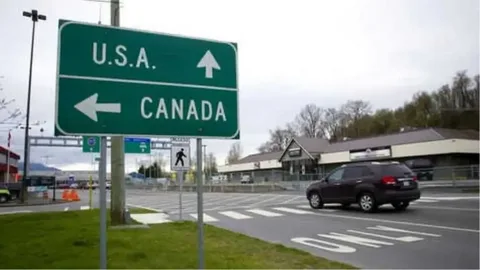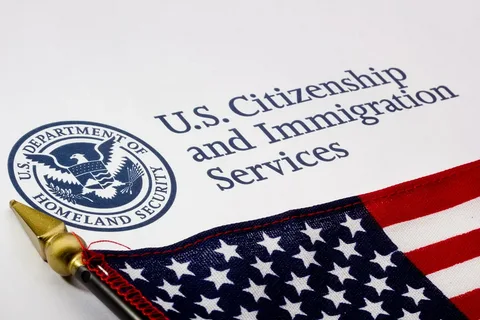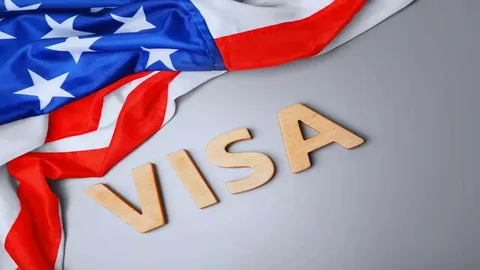Crossing into Canada is getting a major tech upgrade. The Canada Border Services Agency (CBSA) has quietly rolled out a new artificial intelligence (AI) tool called the Travel Compliance Indicator (TCI) at select land ports of entry. The system is designed to give every traveller a compliance score, a quick, data-driven snapshot that helps border officers decide who might need more questions, and who can simply be waved through.
This is part of a wider plan to modernise border operations. With more travellers and goods moving across Canadian borders every year, CBSA is under pressure to keep lines moving while maintaining strong security. Instead of hiring thousands of new officers, the government is investing in smarter systems that can analyse risk before a single word is exchanged.

How the Travel Compliance Indicator Works
Think of the TCI as a behind-the-scenes risk calculator. Using about five years of CBSA data, the system evaluates a range of factors about each traveller; from past travel history to the type of identification they present, even vehicle information if they’re arriving by land. All this information is processed in real time to generate a compliance score.
A higher score doesn’t automatically mean trouble, but it increases the chance of being referred for secondary screening, where an officer will ask more detailed questions or inspect documents more closely. A low-risk score, on the other hand, makes it more likely that a traveller will move through faster.
Crucially, TCI does not replace human judgement. The final decision still rests with CBSA officers, who use the score as one of many tools to decide how to handle each traveller.
What Travellers Can Expect
Most people will notice little difference at the border — at least for now. The process of handing over your ID, answering a few questions, and being cleared to enter remains the same. But behind the scenes, the TCI may already have flagged certain travellers for closer inspection.
For regular cross-border visitors with a clean record, this could actually make things faster by cutting down on random checks. But for those with unusual patterns like crossing very frequently, switching vehicles often, or having past issues with customs, there’s a greater chance of being pulled aside for additional questioning.
This system is designed to focus limited officer time on travellers considered higher risk, but it also means that decisions are increasingly shaped by data and algorithms rather than pure human discretion.
Why Canada is Investing in AI at the Border
The Canadian government has committed more than CAD $15 million to the Travel Compliance Indicator project, with plans to roll it out at every land border crossing by 2027 and eventually expand it to airports and seaports.
The logic is simple: border officers can’t inspect everyone with equal intensity, especially as travel numbers continue to grow. A system like TCI helps them focus attention where it is most needed for example, on travellers who may have a higher chance of smuggling goods, violating entry rules, or overstaying visas.
This type of predictive technology is also becoming standard worldwide. Many countries are now using some combination of data analytics, biometrics, and automation to make border crossings faster for low-risk travellers and more targeted for high-risk cases.
Concerns and Criticisms
While TCI is meant to improve efficiency, it does raise some important questions. Because it relies on historical data, there is always a risk that biased patterns in the data could be reinforced by the system. This could lead to unfair outcomes for some groups of travellers, particularly non-citizens or people with unusual but legitimate travel patterns.
There are also privacy concerns. Travellers may not know exactly which data points are being used to generate their compliance score, how long that data is stored, or how they can challenge an unfair flag if they believe they were wrongly referred for extra screening.
Experts suggest that strong oversight, transparency, and regular reviews will be necessary to ensure the system remains fair and does not discriminate.
The Bigger Picture
The introduction of TCI is a sign of what border crossings will look like in the future: faster for some, more thorough for others, and increasingly shaped by data. For many travellers, this is good news: less waiting, fewer random inspections. But it also highlights the importance of privacy rights and transparency in how such systems work.
As Canada moves toward a nationwide rollout by 2027, travellers should expect border experiences to become more streamlined but also more digital. Those who stay informed and keep their travel profiles clean will likely benefit most.
Bottom Line
Canada’s Travel Compliance Indicator is changing the way borders operate — quietly, but significantly. It’s not just about catching rule-breakers; it’s about making the entire border process smarter and faster.
For travellers, the key takeaway is simple: your travel history now matters more than ever. Keeping a clean record and being prepared with proper documents could mean a quicker trip into Canada.


